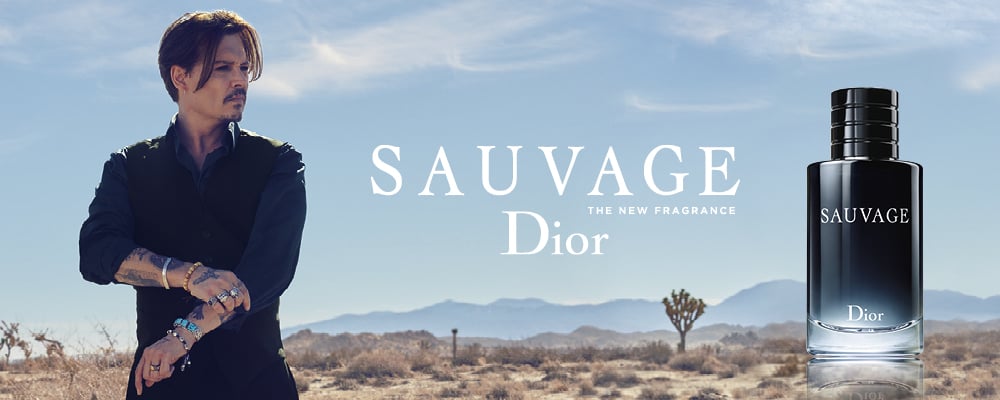



That gap is likely to slim given that LVMH chairman Bernard Arnault said in an earnings call last week that “reasonable” price increases are on the horizon. Rising price tags are particularly noticeable in China, where the CAGR for certain models, such as the Medium Lady Dior, amounts to 20 percent between November 2019 and January 2022. Bernstein states that Dior, nonetheless, “offers the highest pricing upside” of the three brands at issue, as the Lady Dior is still sold today at a 30 percent discount to its Chanel counterpart.

Specifically, Solca states that under the watch of Beccari and Chiuri (and since the brand was fully integrated under the LVMH umbrella in 2017), the “new” Dior – complete with its “pioneering” position when it comes to collaborations, market share gain in the skincare segment, successful adoption of local brand ambassadors, including in China, and high visibility across social media channels – has “resonated with consumers and has been in recent years the hottest brand in the high-end.” This comes “hand in hand with continuing increases in pricing to further establish the brand’s high-end credentials.”ĭior has been implementing prices hikes for its bags, such as the Medium Lady Dior, which is up by almost $1,500 from 2019 (with a compound annual growth rate of 10 percent between then and now). right below these three “high-end mega-brands” – in the “aspirational” tier, and below that, puts the likes of Coach, Ralph Lauren, and Michael Kors, among others, in the “accessible luxury” camp.Īmong the key points of interest in the Bernstein note is, of course, the pricing positions – and approaches to price increases – that Hermès, Chanel, and Dior are taking, with Hermès’ iconic handbags, for instance, “traditionally at the top of the pricing pyramid,” while Dior has taken the title of “the homegrown Chanel challenger” thanks to the strategy that has been envisioned and implemented in recent years by CEO Pietro Beccari, who succeeded Sidney Toledano in 2017, and creative director Maria Grazia Chiuri, who has been at the helm of the LVMH-owned brand since 2016. Referencing the “soft luxury pyramid,” Solca situates the likes of Louis Vuitton, Gucci, Celine, Balenciaga, Prada, Bottega Veneta, and co. In a lengthy note on Thursday, Bernstein analyst Luca Solca dove into the three luxury power players, noting that while they occupy “the same space, these brands come from very diverse backgrounds, which leads to different category mix and relative price positions,” and also different strategies when it comes to growth. Three brands reign supreme when it comes to dominance in the soft luxury segment: Hermès, Chanel, and Dior.


 0 kommentar(er)
0 kommentar(er)
